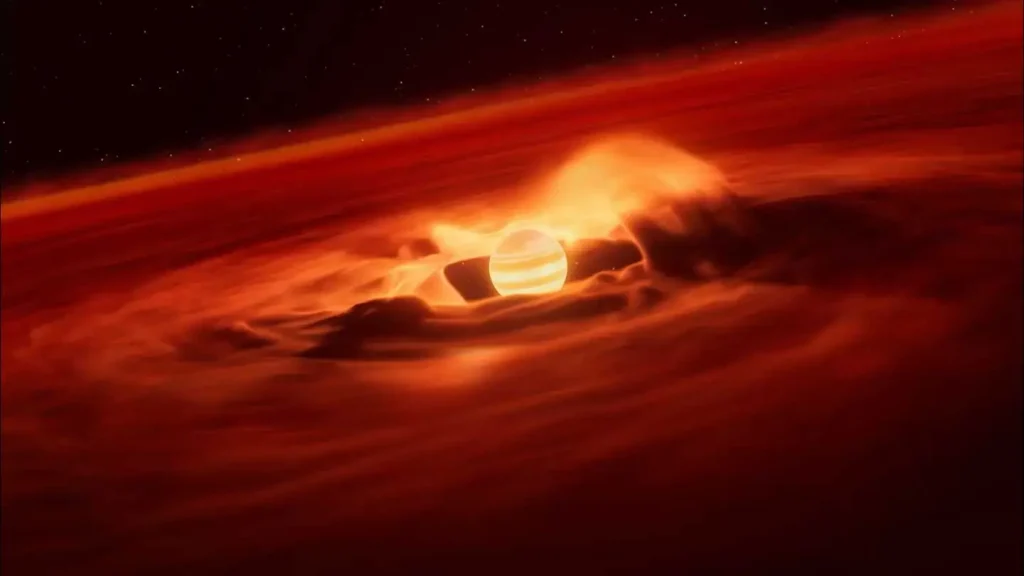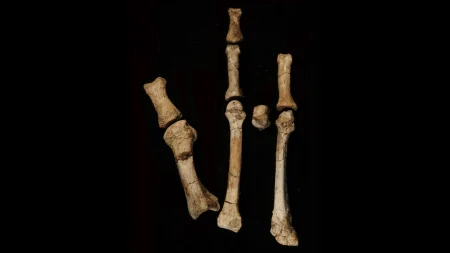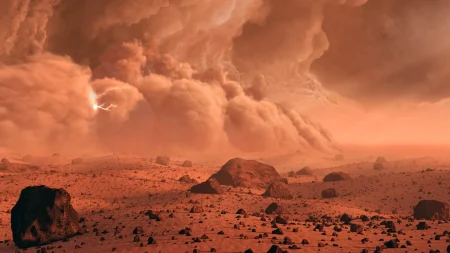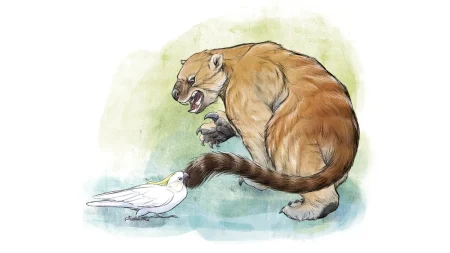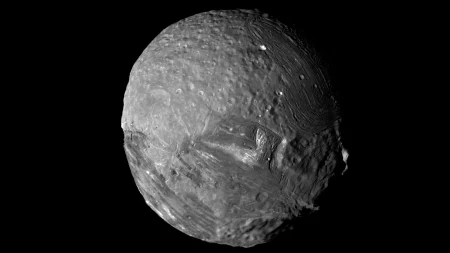Observing Growth in a Cosmic Wanderer
In a remarkable astronomical discovery, scientists have observed a significant growth spurt in a free-floating celestial object, providing valuable insights into the nature of rogue planets. This expansion event suggests that this wandering body is evolving along a stellar pathway, despite lacking a parent star. The observation has excited the scientific community because it offers tangible evidence that could help unravel the mysterious origins of these cosmic nomads. Astronomers have long debated whether rogue planets are failed stars that formed independently in space or whether they were ejected from their original solar systems through gravitational interactions. This growth pattern leans toward the former explanation, indicating that at least some free-floating planets may form through processes similar to stars, gradually accumulating mass from surrounding cosmic material.
The discovery came through painstaking observation campaigns using advanced telescopes that monitored the object’s brightness, temperature, and size over several years. Unlike planets orbiting stars, which are notoriously difficult to observe directly due to their host stars’ overwhelming brightness, this solitary wanderer provided astronomers with an unobstructed view of planetary evolution in action. The growth spurt manifested as a noticeable increase in the object’s luminosity and slight expansion in its radius, characteristic of young stellar bodies still accreting material from their surrounding environment. What makes this observation particularly valuable is that it occurred in real-time on human timescales, rather than requiring millions of years—a rarity in astronomical studies where cosmic processes typically unfold over timespans far exceeding human lifetimes.
This finding challenges our traditional understanding of the boundaries between planets and stars. The conventional wisdom has long held that planets and stars form through fundamentally different processes, with stars developing through the gravitational collapse of gas clouds and planets building up gradually within the disks surrounding young stars. However, this free-floating object exists in a fascinating middle ground, displaying characteristics of both planetary and stellar evolution. Its mass places it below the threshold required for nuclear fusion—the defining characteristic of stars—yet its growth pattern mimics stellar evolution. This blurring of categories forces astronomers to reconsider whether there might be a continuum of formation processes rather than distinct pathways for different types of celestial objects.
The implications extend beyond pure astronomical curiosity. Understanding the origins and evolution of rogue planets helps complete our picture of planetary system dynamics throughout the galaxy. These untethered worlds may be extraordinarily common—some estimates suggest they could outnumber stars in the Milky Way—making them an important component of our galaxy’s structure and evolution. If many form like stars rather than being ejected from planetary systems, it would significantly alter our understanding of how matter is distributed and organized throughout space. Additionally, these observations provide a valuable testing ground for theories of planetary formation that can be applied to our own solar system, potentially offering clues about Earth’s early development and the conditions that made life possible here.
Scientists are now eager to locate and study similar objects throughout the galaxy to determine whether this growth behavior is common or exceptional. New observational tools like the James Webb Space Telescope and upcoming ground-based observatories with advanced imaging capabilities will be crucial for this search, capable of detecting the faint heat signatures of these cosmic wanderers against the cold backdrop of space. Theoretical astrophysicists are simultaneously developing more sophisticated models of how gas and dust might accumulate around free-floating planetary-mass objects without the gravitational influence of a nearby star. The combination of improved observations and refined theories promises to yield a more comprehensive understanding of these enigmatic objects in the coming years.
Perhaps most compelling is how this discovery reminds us of the diversity and complexity of our universe. The traditional categories we create to understand cosmic objects—planets, brown dwarfs, stars—increasingly appear as convenient simplifications rather than fundamental natural divisions. The universe continues to reveal objects that exist in the borderlands between our neat classifications, challenging us to develop more nuanced frameworks for understanding the cosmos. This free-floating object, growing in the emptiness of interstellar space, serves as a humbling reminder that astronomical discovery continues to surprise and delight us, even as our technological capabilities and theoretical understanding advance. As we peer deeper into space, we find not just answers but new questions that expand our conception of the possible in our vast and varied universe.



